Main Functions of Geotechnical Anchoring
Time:2024-10-25From:sinorock View:
Geotechnical anchoring is a fundamental technique used in construction and excavation to enhance the stability of structures and improve the mechanical properties of the surrounding soil and rock strata. Anchors, particularly self-drilling anchor (SDA) systems, play a crucial role in ensuring that structures remain safe and secure, even in challenging ground conditions.In modern construction, geotechnical anchoring systems have evolved significantly due to advancements in engineering practices and the need for more efficient and reliable support systems. The ability to anchor structures to the surrounding rock or soil not only improves their load-bearing capabilities but also enhances the overall stability of the excavation faces, slopes, and retaining walls.
Understanding Geotechnical Anchoring
At its core, geotechnical anchoring refers to the process of transferring tension from a structure to the surrounding strata to either stabilize the structure or reinforce the excavation face. The self-drilling anchor (SDA) system is one of the most widely used methods for geotechnical anchoring. It relies on the shearing strength of the surrounding soil or rock to transfer loads, effectively improving the stability of the structure.
The primary components of a geotechnical anchoring system include the anchor (or bolt), the grout that binds the anchor to the rock or soil, and any pre-tensioning mechanisms that may be used to increase the effectiveness of the anchor system.
Modern anchoring techniques are increasingly focused on optimizing these components, making them more adaptable to a wide range of geological conditions. The evolution of self-drilling anchor systems, in particular, has revolutionized the industry, enabling faster and more reliable installation in difficult terrains.
Self-Drilling Anchor Systems: A Game-Changer
Self-drilling anchor (SDA) systems have gained popularity in recent years due to their ability to combine drilling, anchoring, and grouting in one operation. These anchors are especially useful in loose, collapsing, or weak ground conditions where traditional anchoring methods might fail. Their ease of installation and the minimal disturbance they cause to the surrounding strata make them a preferred choice for complex geotechnical projects.
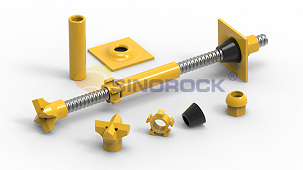
The advancements in SDA bolt technology have also led to the development of stronger, more durable materials, as well as more efficient installation techniques. These innovations have further solidified the role of geotechnical anchoring as a vital tool in modern construction practices.
Main Functions of Geotechnical Anchoring
1. Providing Resistance to External Loads
The first and most critical function of geotechnical anchoring is providing resistance to external loads acting on the structure. Anchor bolts help transfer the load from the structure to the surrounding rock or soil, distributing the forces more evenly and preventing structural failure. This is particularly important in construction projects where the structure is subject to high levels of tension, such as retaining walls, dams, or bridge abutments.
In geotechnical engineering, the effectiveness of this load transfer depends on the strength of the surrounding material (soil or rock) and the type of anchor used. Self-drilling anchor systems are particularly effective in this regard, as they allow for the creation of a stronger bond between the anchor and the strata, improving the overall load-bearing capacity.
By resisting external forces, geotechnical anchor bolts protect structures from lateral movement, settlement, or collapse. This is essential in areas prone to seismic activity, landslides, or heavy rainfall, where the forces acting on a structure can be unpredictable and intense.
2. Creating Compressive Stress in the Anchored Stratum
Another key function of geotechnical anchoring is the creation of a compressive stress zone within the anchored strata. This compressive zone reinforces the surrounding rock or soil, effectively increasing its ability to bear loads. When an anchor is installed, the tension it exerts on the surrounding strata compresses the material, making it more resistant to shear and tensile forces.
This function is especially beneficial in rock mechanics, where the strength of the rock mass is a critical factor in determining the stability of a structure. The application of geotechnical anchor bolts can significantly improve the strength of the rock, enabling it to support heavier loads and withstand greater stress. The reinforcement effect also enhances the shear strength of the strata, which is particularly important in slope stabilization and tunnel construction.
3. Reinforcing and Strengthening the Stratum
In addition to creating compressive stress zones, geotechnical anchor bolts also serve to reinforce and strengthen the overall mechanical properties of the surrounding strata. The presence of anchors within the strata helps to bind the material together, effectively reducing the risk of collapse or failure.
This reinforcement effect is particularly valuable in weak or fragmented rock masses, where natural cohesion may be insufficient to maintain stability. By installing self-drilling anchor systems, engineers can significantly improve the structural integrity of the rock or soil, allowing for safer and more efficient construction.
Moreover, the use of SDA systems allows for simultaneous drilling and grouting, which further enhances the bonding between the anchor bolt and the strata. This results in a more durable and reliable anchoring system that can withstand greater forces and stresses over time.
4. Applying Prestressing Force to Structures
When self-drilling anchor bolts pass through anchored structures, they can also introduce a prestressing force. Prestressing refers to the process of applying a force to a structure before it is subjected to external loads, effectively strengthening it and preventing deformation. In geotechnical applications, this is achieved by tensioning the anchors, which transfers a compressive force to the structure.
The application of prestressing force helps to minimize deflection and settlement in the structure, making it more resistant to deformation under load. This is particularly important in projects where long-term stability is critical, such as in the construction of bridges, tunnels, and high-rise buildings.
Prestressing also enhances the overall durability of the structure, reducing the risk of cracking or failure over time. The ability to control the amount of prestressing force applied to a structure allows engineers to optimize the performance of the anchoring system, ensuring maximum stability and safety.
5. Forming a Composite Structure
One of the most significant advantages of geotechnical anchoring is its ability to form a composite structure between the anchored elements and the surrounding rock or soil. By "chaining" the structures and rocks together, the anchor bolts create a collaborative system that distributes forces more effectively and enhances the overall load-bearing capacity of the structure.
This composite structure is particularly beneficial in projects where the stability of both the structure and the surrounding strata is critical, such as in the construction of tunnels, dams, and retaining walls. The ability of the anchor bolts to transfer both tensile and shear forces to the surrounding rock or soil ensures that the entire system works together to resist external loads, improving the overall performance and longevity of the structure.
The creation of a composite structure also helps to reduce the risk of localized failure, as the forces are distributed across a larger area. This is especially important in projects where the ground conditions are variable or unpredictable, as it ensures that the structure remains stable even in the face of changing conditions.
The Role of Geotechnical Anchoring in Modern Construction
The functions of geotechnical anchoring outlined above highlight its critical role in modern construction and geotechnical engineering. The ability to stabilize structures, reinforce the surrounding strata, and improve load-bearing capacity makes geotechnical anchoring an essential tool in a wide range of projects, from civil engineering to mining and tunneling.
In recent years, advancements in self-drilling anchor system technology have further enhanced the effectiveness of geotechnical anchoring systems, making them more adaptable to challenging ground conditions and more efficient to install. As the demand for safer, more reliable construction methods continues to grow, the role of geotechnical anchoring in the industry will only become more important.
Conclusion
Geotechnical anchoring plays a vital role in ensuring the stability and safety of structures in various geological conditions. By providing resistance to external loads, reinforcing the surrounding strata, and forming composite structures, geotechnical anchors enhance the performance and longevity of construction projects. The continued evolution of self-drilling anchor systems and other anchoring technologies will undoubtedly lead to further innovations in the field, improving the way we approach geotechnical challenges and ensuring the success of future projects.
latest news
-
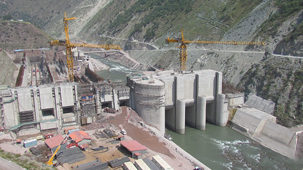
- What Are the Applications of SDA Bolts in Hydropower Stations?
- Time:2025-08-21From:This Site
- Learn how self-drilling anchor bolts enhance slope stability, tunnel support, and dam reinforcement in complex geological conditions at hydropower stations. Optimize hydropower projects with efficient, cost-effective, and eco-friendly solutions.
- View details
-
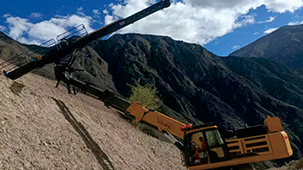
- Slope Stabilization with SDA Bolts: Benefits & Applications
- Time:2025-08-19From:This Site
- Discover how self-drilling anchor bolts (SDA bolts) provide superior slope stabilization for highways, railways, and tunnels. Learn their key benefits, installation process, and real-world applications in loose or collapsible soils.
- View details
-
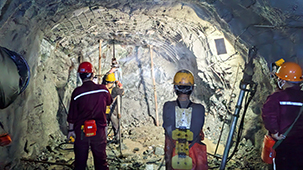
- How Self-Drilling Rock Bolts Enhance Tunnel Support in Fractured Rock?
- Time:2025-08-15From:This Site
- Discover how self-drilling rock bolts enhance tunnel support in fractured rock. Learn their benefits, installation steps, and real-world applications for safe, efficient tunneling.
- View details
-
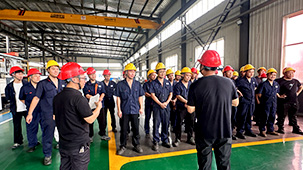
- Sinorock 2025 Quality Month | Strengthening Quality Foundations, Empowering Product Excellence
- Time:2025-08-13From:This Site
- Sinorock’s 2025 Quality Month, themed “Strengthening Quality Foundations, Empowering Product Excellence,” successfully concluded, reinforcing our commitment to superior product quality.
- View details
-
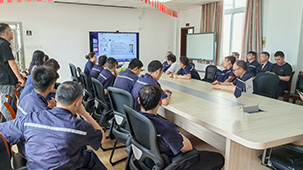
- Sinorock Safety Month 2025 | Everyone Speaks Safety, Everyone Can Respond
- Time:2025-07-03From:This Site
- Sinorock Safety Month 2025, centered on the theme "Everyone Speaks Safety, Everyone Can Respond - Spot Workplace Hazards," has wrapped up successfully!
- View details
-

- Quality Control: the Vital Factor of A SDA Bolt Factory
- Time:2025-01-09From:This Site
- Sinorock’s comprehensive quality control system, from supplier management to outgoing inspections, ensuring the highest standards for self-drilling anchor bolts in construction.
- View details
-
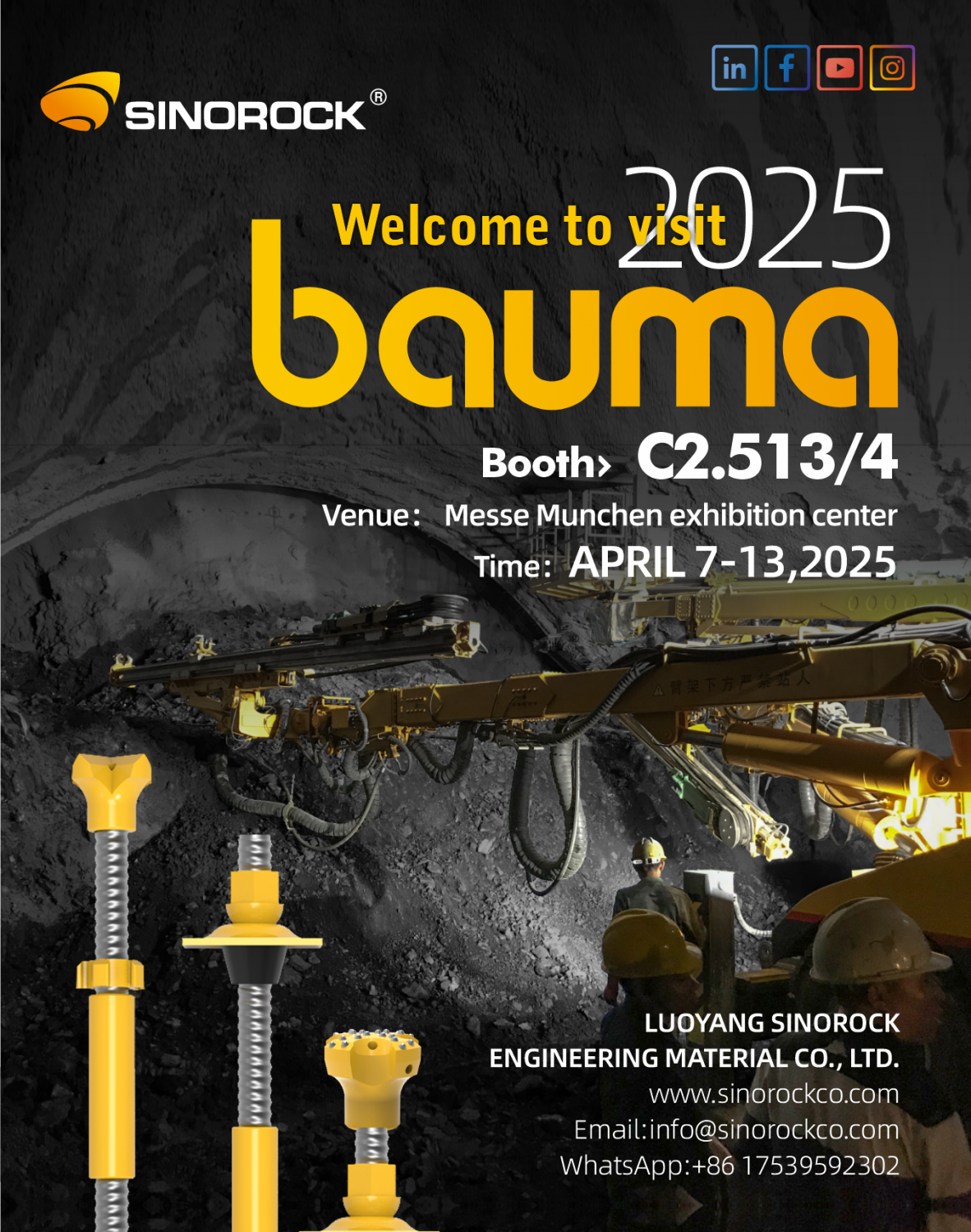
- Sinorock Invites You to Explore Proven Self-Drilling Anchor Bolt Solutions at bauma 2025
- Time:2025-03-07From:This Site
- From April 7–13, 2025, explore Sinorock’s Self-drilling anchor bolt solution at Booth C2.513/4 in Hall C2 of the Messe München Exhibition Center (Munich, Germany).
- View details
-
.jpg)
- SINOROCK to Attend EXPOMINA PERÚ 2024 in Lima, Peru
- Time:2024-08-10From:This Site
- Sinorock to Attend EXPOMINA PERÚ 2024 in Lima, Peru
- View details
-
.jpg)
- SINOROCK to Participate in MINING AND METALS CENTRAL ASIA 2024
- Time:2024-08-08From:This Site
- SINOROCK to Participate in MINING AND METALS CENTRAL ASIA 2024
- View details
 Download
Download 


